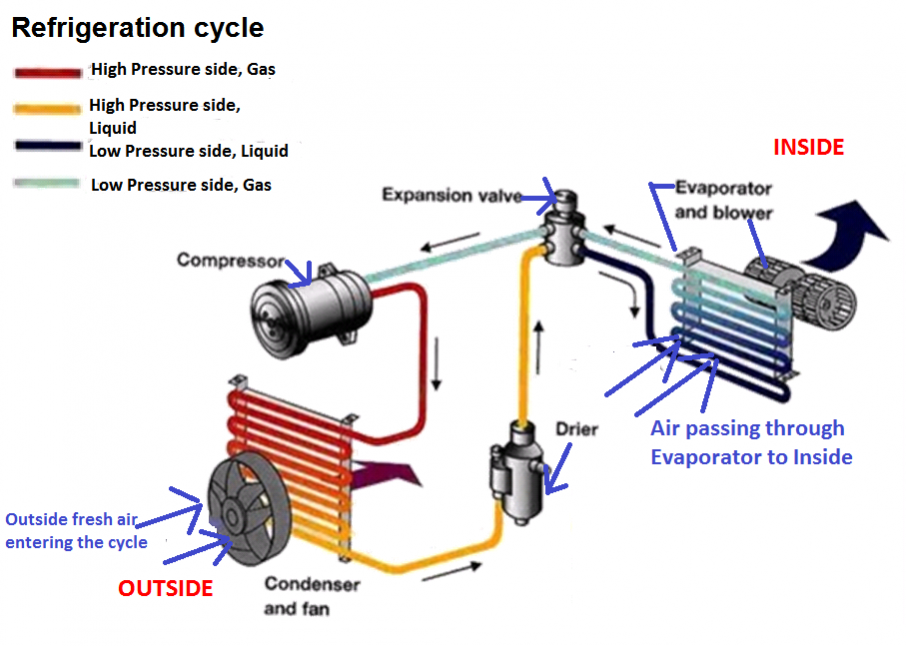What is the Bio-Climatic approach and why is it necessary when we discuss HVAC?
The need for Human comfort:
We experience mental and physical fatigue resulting from activities of the day. Hence our mind and the body must recover through recreation, rest and sleep to counterbalance this physical and mental fatigue. This cycle can be disrupted by unfavorable climatic conditions and resulting stress on the mind and body causes discomfort, loss of efficiency and breakdown of health. The effect of the climate on health is therefore, a factor of considerable importance. Climate continues to influence architecture design.
The climate of a region changes seasonally along with daily variations in weather. Climate is the product of the geographical factors of the area we live in. It depends on the variable factors such as temperature, precipitation, vegetation and invariable factors such as latitude, longitude, nearness to the sea, etc. There may be a difference between the microclimate and macroclimate of a location. Hence we have to design an approach that considers the environmental factors and human comfort.
BIOCLIMATIC DESIGN APPROACH:
The bioclimatic design approach could be simply described as the one which combines the architecture designs methods and the knowledge of the climatic situations for the right application of design elements and building technology to conserve energy. Human comfort parameters like temperature or humidity have to be maintained within the permissible upper and lower limits as described in the comfort zone as per the Psychometric chart.
Primarily it is preferred to achieve human comfort through passive methods of heating and cooling as active methods consume energy for functioning. But in most situations, it is not always possible to achieve the desired bio-climatic comfort through passive methods. In such situations we have to introduce active methods in combination with the passive methods. The active methods can be mechanical methods or non-mechanical methods of heating and ventilation.
Comfort can be achieved by natural methods or passive methods such as openings and fenestrations or by mechanical methods or active methods such as air conditioning, coolers, fans, etc. and by the combination of both, where passive methods or active methods are individually not enough. For example, a fan can be used in the presence of open windows for air movement in humid conditions considering the microclimatic situations, where the fan helps in displacing the stale air surrounding the body which exits the room through the opening. If only mechanical methods such as air conditioning are used in such the situation then the openings will have to be shut and the input and output of air have to be controlled by mechanical means.
To conclude, a bioclimatic approach is an approach, where the microclimate of a space is controlled within the comfort level in terms of temperature as well as humidity, light, illumination, etc.

